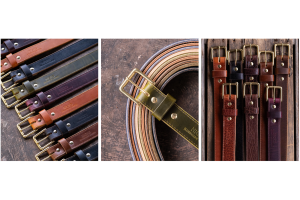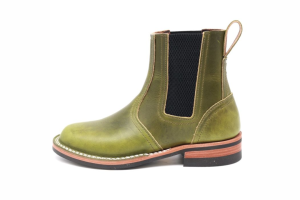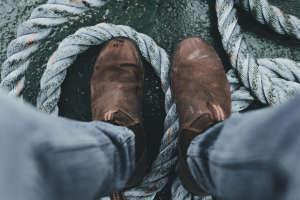Composite Toe vs. Steel Toe

Key Takeaways:
- Lightweight & Non-Metal Advantage: Composite toe boots are lighter and non-metallic, making them ideal for roles requiring mobility, metal-free access, or better temperature insulation.
- Maximum Impact Protection: Steel toe boots offer maximum protection in high-impact environments and remain the standard for heavy-duty industries like construction and manufacturing.
- Safety Compliance Across the Board: Both types meet ASTM safety standards, so the best choice depends on the wearer’s work conditions and personal preferences.
At Nicks Boots, we’ve been handcrafting work boots in Spokane, Washington for over 50 years — not because it’s easy, but because doing things the hard way is the right way. Built with full grain leather, stacked leather midsoles, and stitchdown construction, our boots are made to perform, endure, and be passed down. This isn’t mass production — this is American bootmaking, refined through tradition and proven on the job.
When you spend day after day in your boots, safety and comfort are non-negotiable. Whether you’re on a jobsite, working in the trades, or navigating extreme outdoor environments, the type of toe protection you choose matters. Steel toe and composite toe boots are two of the most trusted safety options — but while they may look similar from the outside, the materials, performance, and comfort they offer can vary greatly. Choosing the right boot means understanding not just how it’s built, but how it works under pressure.
In this piece, we’ll be discussing the key differences between composite toe and steel toe boots — from safety features and weight to durability and long-term value — so you can make the right decision for your work and your feet.
What Are Steel Toe Boots?
Steel toe boots are a classic choice in protective footwear, widely known for their rugged durability and superior protection. As the name suggests, they feature a reinforced toe cap made of steel, designed to shield the toes from impact or compression injuries. This makes them a staple in heavy-duty work environments such as construction sites, factories, and warehouses.
These boots are built to meet or exceed ASTM safety standards and can withstand high levels of force — typically up to 75 pounds of impact or 2,500 pounds of compression. The steel component adds considerable strength to the boot, providing confidence in hazardous situations where heavy objects or machinery may be involved.
While steel toe boots are known for their toughness, they also tend to be heavier than other protective footwear. Some wearers find them less comfortable for extended periods of walking or standing, especially if the boots are not well-cushioned or properly broken in. That said, many high-quality steel toe boots — such as those made with full grain leather and rubber outsoles — balance protection with comfort, especially after the initial break-in period.


What Are Composite Toe Boots?
Composite toe boots are a modern alternative to steel toe footwear, designed to offer protection without the use of metal. Instead of steel, the toe cap is made from non-metal materials such as carbon fiber, fiberglass, Kevlar, or plastic composites. This makes them significantly lighter than their steel counterparts.
One of the standout benefits of composite toe boots is that they are non-conductive, meaning they don’t conduct electricity, heat, or cold. This makes them an ideal choice for electricians, airport workers, or anyone who passes through metal detectors regularly. They're also favored in extreme temperature conditions, as they don’t get as cold in the winter or hot in the summer like metal toes can.
In terms of protection, composite toes generally meet the same ASTM standards as steel toes, although they might not perform quite as well in extreme impact situations. However, for many industries and job functions, they offer more than enough protection with the added benefit of comfort and weight reduction.
When paired with high-quality full grain leather and rubber soles, composite toe boots can still offer excellent durability, flexibility, and performance, especially after the leather has had time to break in naturally.
Key Differences Between Steel Toe And Composite Toe
When comparing composite toe vs. steel toe boots, the differences come down to material, weight, comfort, and application. Here’s a breakdown of the key distinctions:
Material
Steel toe boots contain a hardened steel cap in the toe area, which provides strong protection against impact and compression. Composite toe boots, on the other hand, use non-metal materials such as Kevlar, carbon fiber, or plastic to achieve similar protective strength.
Weight
Steel toe boots are noticeably heavier due to the metal construction, which can lead to fatigue over long shifts. Composite toe boots are lighter, making them more comfortable for extended wear and reducing strain on the feet and legs.
Temperature Sensitivity
Steel toes conduct heat and cold, which can become uncomfortable in extreme weather conditions. Composite materials are non-conductive, helping to maintain a more stable internal temperature in both hot and cold environments.
Electrical And Metal Detection
Steel toe boots can conduct electricity and will trigger metal detectors, which may be problematic in certain work environments. Composite toe boots are non-metallic and ideal for jobs where passing through security scanners or working around electrical hazards is common.
Protection Level
Steel toes typically offer a higher level of impact protection, especially in environments with heavy machinery or falling objects. Composite toes still meet ASTM safety standards, but may provide slightly less protection in the most extreme conditions.
Workplace Suitability
Steel toe boots are a better fit for heavy-duty jobs like construction, warehouse work, and demolition. Composite toe boots are more suitable for electricians, airport staff, or professionals who prioritize lightweight comfort and non-metal features.
Which Is Safer?
Safety is the primary reason workers choose protective footwear, but not all safety features are the same across boot types. Let’s break down how steel toe and composite toe boots compare in different safety scenarios:
Impact And Compression Protection
Both steel toe and composite toe boots meet the ASTM standards for impact and compression, making them OSHA-compliant for most job sites. However, steel toe boots generally handle heavier impacts better, providing added confidence in high-risk environments.
Electrical Hazard Protection
Composite toe boots offer better protection against electrical hazards because they’re made from non-conductive materials. Steel toe boots, being metallic, can conduct electricity unless the boot is specially rated as EH (Electrical Hazard) compliant.
Extreme Weather Conditions
Steel toe caps can become extremely cold or hot depending on the environment, which may compromise comfort and safety over time. Composite toe boots don’t conduct temperature as easily, maintaining more stable conditions for your feet in harsh weather.
Security And Metal Detection
Steel toe boots will trigger metal detectors, which can be inconvenient for workers in secure environments like airports or high-tech facilities. Composite toe boots are metal-free and ideal for roles requiring frequent access through security screening.
Comfort And Weight Comparison
While protection is crucial, how a boot feels throughout a long day on your feet can’t be overlooked. Here’s how steel toe and composite toe boots compare in terms of comfort and weight:
Boot Weight
Steel toe boots are heavier due to the dense metal cap, which can contribute to fatigue during extended wear. Composite toe boots are noticeably lighter, offering a more comfortable experience for those constantly on the move.
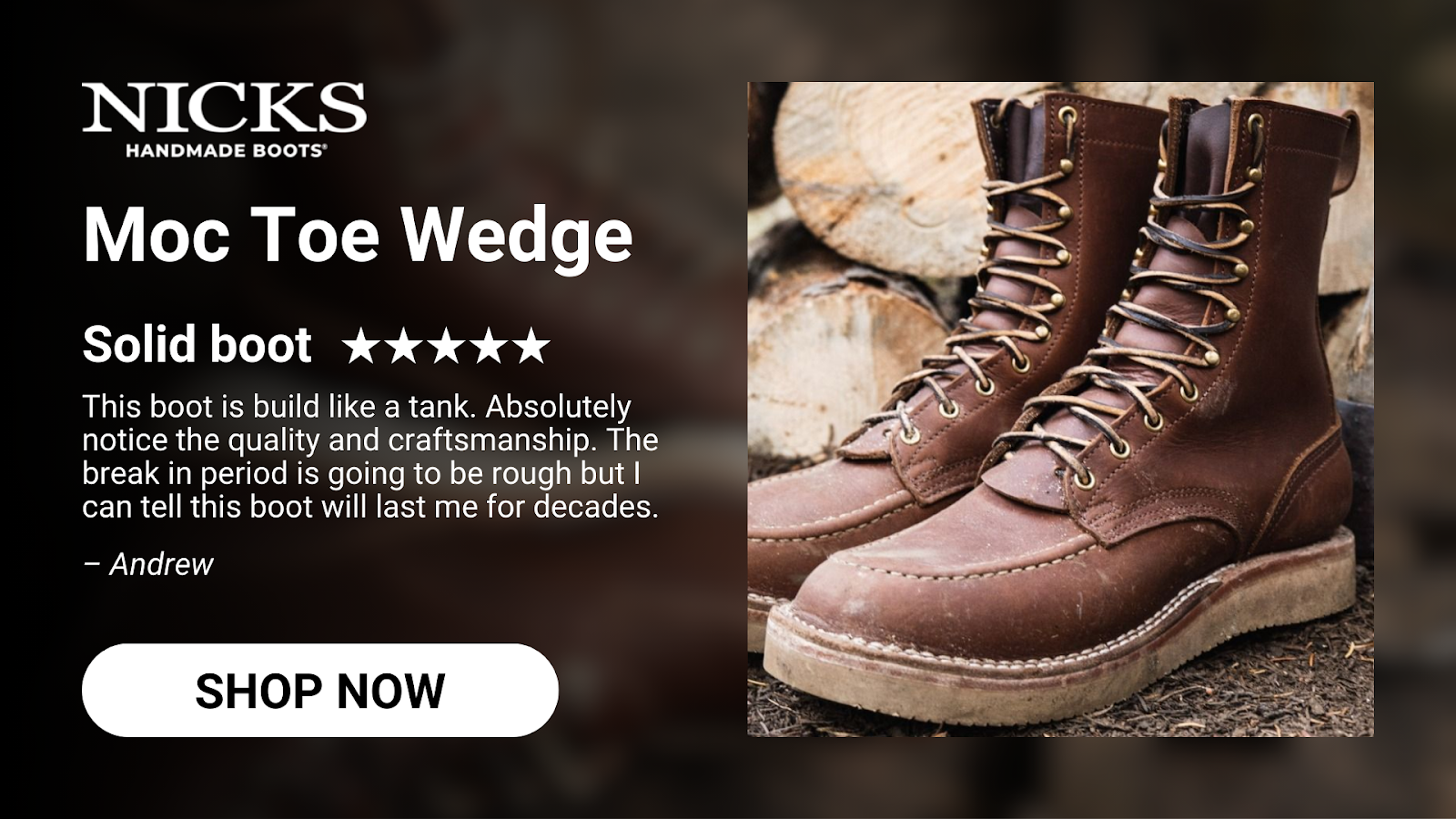

Walking And Flexibility
Composite toe boots tend to be more flexible and easier to walk in, especially over long distances or uneven terrain. Steel toe boots, while durable, can feel more rigid and stiff until fully broken in.
Breathability And Heat Retention
Because steel conducts heat, steel toe boots can get warmer or colder depending on external temperatures, which may affect overall foot comfort. Composite materials provide better insulation, helping your feet stay more comfortable throughout the day.
Break-In Time
Both types of boots—especially those made with full grain leather—require a break-in period to achieve maximum comfort. However, lighter composite toe boots may feel more wearable right out of the box compared to heavier steel options.
Durability And Weather Resistance
A high-quality work boot should withstand tough environments and changing conditions without compromising performance. Let’s look at how steel toe and composite toe boots measure up in terms of durability and weather resilience:
Material Strength
Steel toe boots are known for their rugged construction and long-term durability, especially when paired with full grain leather and thick rubber soles. The steel cap resists dents and damage from repeated wear in heavy-duty environments.
Resistance To Corrosion And Moisture
Steel components can be prone to rust if exposed to excessive moisture over time, especially if the boot's protective lining wears down. Composite toe boots, made from non-metallic materials, are naturally resistant to corrosion and perform well in wet conditions.
Overall Boot Construction
Durability depends not just on the toe cap but also on the quality of the leather and sole. Full grain leather combined with solid rubber outsoles offers excellent abrasion resistance and long-term reliability in both types of boots.
Weather Adaptability
Composite toe boots offer better insulation in cold or hot weather, maintaining a more consistent interior environment. Steel toe boots may require extra socks or liners to remain comfortable during temperature extremes.
Which One Is Right For You?
Choosing between a steel toe and a composite toe boot depends on your specific work environment, personal preferences, and daily demands. Here’s how to decide which type best fits your needs:
Workplace Requirements
If your job involves heavy machinery, construction zones, or potential for high-impact hazards, steel toe boots may offer the added protection required. For roles in electrical work, airports, or secure facilities, composite toe boots are often the safer and more convenient choice.
Mobility And Long Hours
For those on their feet all day or covering a lot of ground, the lightweight nature of composite toe boots can reduce fatigue. Steel toe boots may feel more cumbersome over time, though they provide a robust, stable feel some workers prefer.
Environmental Conditions
Composite toe boots perform better in extreme temperatures due to their non-conductive properties. If you’re working outdoors or in variable climates, they may keep your feet more comfortable throughout the day.
Budget And Long-Term Value
While both types come in a range of prices, the total value often depends on build quality. Boots made with full grain leather and durable rubber outsoles—regardless of toe type—offer long-term performance that justifies the investment.
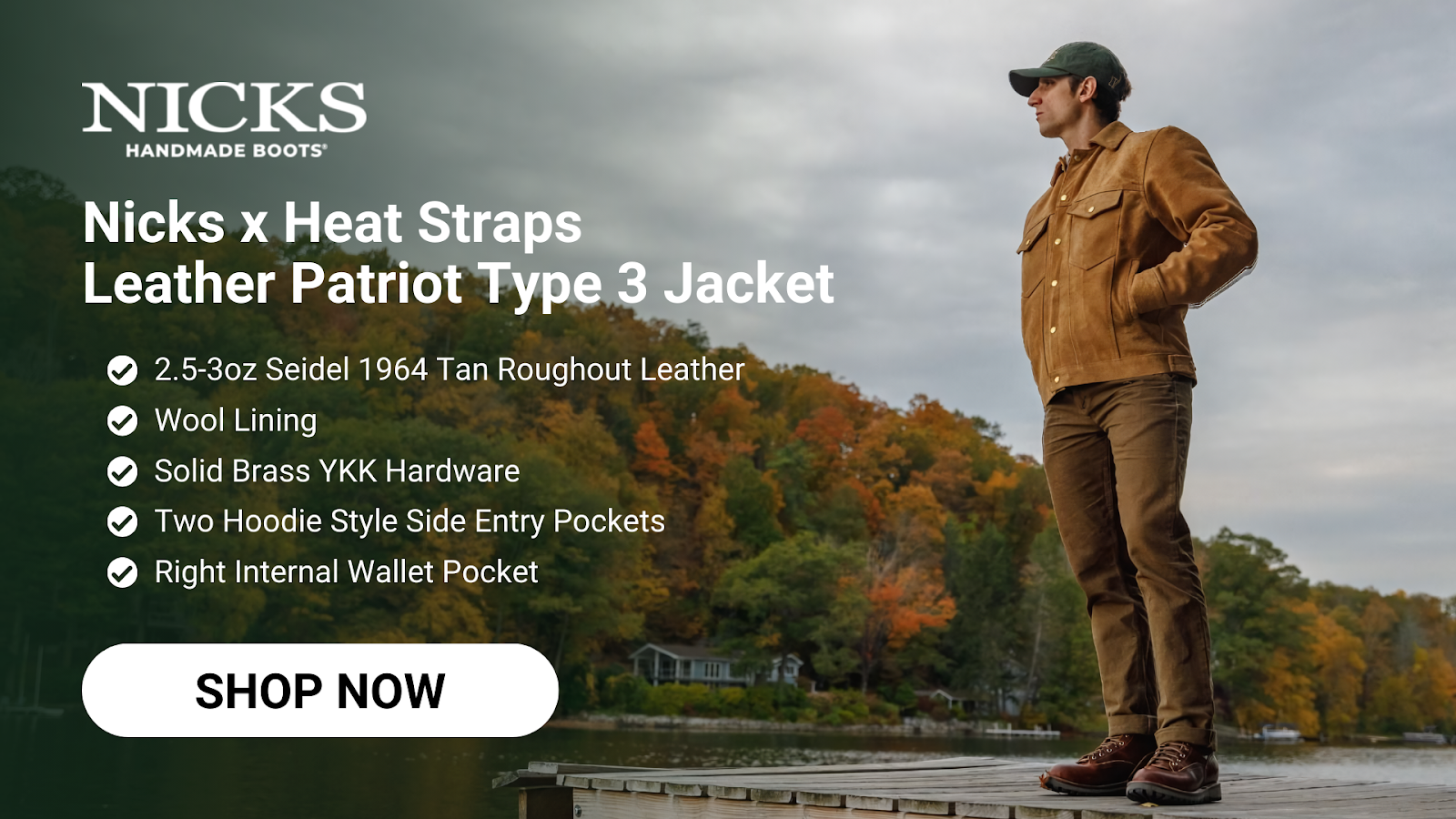

Final Thoughts
Both steel toe and composite toe boots offer excellent protection, but each excels in different areas. Steel toe boots are the go-to for maximum impact resistance and time-tested durability, while composite toe boots provide lightweight comfort and better performance in specialized environments like electrical work or extreme weather.
At the end of the day, the best choice depends on your work conditions and what you value most—be it strength, comfort, temperature control, or mobility. Regardless of toe type, investing in boots built with full grain leather and quality rubber soles ensures you’re getting lasting support and craftsmanship where it matters most.
Read also:
Frequently Asked Questions About Composite Toe Vs. Steel Toe
Are composite toe boots OSHA approved?
Yes, as long as the composite toe boots meet ASTM safety standards, they are OSHA approved and can be used in workplaces requiring protective footwear.
Do composite toe boots break more easily than steel toe boots?
Not necessarily. While composite materials are lighter and non-metallic, they’re engineered to be strong and resilient. They don’t dent like steel but can crack if repeatedly stressed beyond their rating.
Can I wear steel toe boots in cold environments?
You can, but they may become uncomfortably cold because steel conducts temperature. It’s best to pair them with thermal socks or opt for boots with insulated linings if you’re working in freezing conditions.
Are composite toe boots allowed in airport security zones?
Yes. Since composite toe boots are metal-free, they generally won’t trigger airport metal detectors, making them ideal for aviation professionals or frequent travelers.
Do steel toe boots offer better ankle support?
Ankle support comes from the boot’s construction, not the toe cap. Both steel and composite toe boots can offer excellent ankle support if designed with high shafts, padded collars, and stiff leather.
Which type of toe boot is better for hiking or outdoor work?
Composite toe boots are usually preferred for hiking and mobile outdoor jobs due to their lighter weight and better thermal performance. They're easier to move in on rough or uneven terrain.
Can composite toe boots be used in welding or metalworking environments?
Yes, but steel toe boots are often favored in these environments due to their maximum impact protection. However, high-quality composite options with proper external protection can also be suitable.
Do composite toe boots last as long as steel toe boots?
They can, provided the overall boot construction is premium. Toe caps are only one part of durability; full grain leather, rubber outsoles, and solid stitching determine overall lifespan.
Are steel toe boots more affordable than composite toe boots?
In many cases, yes. Steel is a more traditional and cost-effective material, while composite materials can be more expensive due to specialized manufacturing processes.
Can I use either type of boot for casual wear?
Yes, many modern work boots are styled to look good outside the job site. Just ensure that




